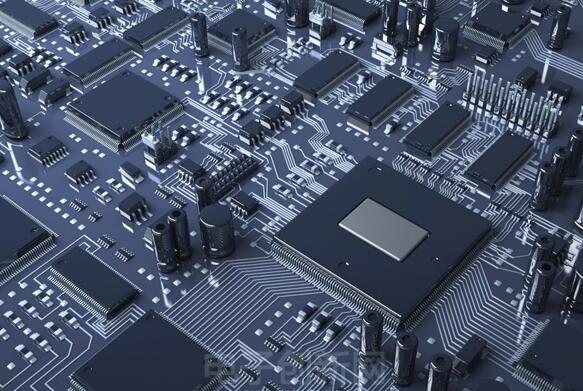Three methods of preheating PCB components before or during rework
At present, the country has higher and higher requirements for environmental protection and greater efforts in link governance. This is a challenge but also an opportunity for PCB factories. If the PCB factory is determined to solve the problem of environmental pollution, then FPC flexible circuit board products can be at the forefront of the market, and the PCB factory can get the opportunity to develop again.
Nowadays, methods for preheating PCB components are divided into three categories: oven, hot plate and hot air slot. It is effective to use an oven to preheat the substrate before rework and reflow soldering to disassemble the components. Moreover, the preheating oven uses baking to bake off internal moisture in some integrated circuits and prevent popcorn. The so-called popcorn phenomenon refers to the micro-cracking that occurs when the humidity of the reworked SMD device is higher than that of the normal device when it is suddenly subjected to a rapid temperature rise. The baking time of PCB in the preheating oven is longer, generally as long as about 8 hours.
One of the disadvantages of the preheating oven is that it is different from the hot plate and the hot air slot. During preheating, it is not feasible for a technician to preheat and repair at the same time. Moreover, it is impossible for the oven to quickly cool the solder joints.

The hot plate is the most ineffective way to preheat the PCB. Because the PCB components to be repaired are not all single-sided, in today's world of mixed technology, it is indeed rare for PCB components to be flat or flat on one side. PCB components are generally installed on both sides of the substrate. It is impossible to preheat these uneven surfaces with hot plates.
The second defect of the hot plate is that once the solder reflow is achieved, the hot plate will continue to release heat to the PCB assembly. This is because even after the power is unplugged, the residual heat stored in the hot plate will continue to be transferred to the PCB and hinder the cooling rate of the solder joints. This obstruction to the cooling of the solder joint will cause unnecessary precipitation of lead to form a lead liquid pool, which reduces and deteriorates the strength of the solder joint.
The advantages of using a hot air slot for preheating are: the hot air slot does not consider the shape (and bottom structure) of the PCB assembly at all, and the hot air can directly and quickly enter all corners and cracks of the PCB assembly. The entire PCB assembly is heated evenly, and the heating time is shortened. The Internet era has broken the traditional marketing model, and a large number of resources have been gathered together to the greatest extent through the Internet, which has also accelerated the development speed of FPC flexible circuit boards, and then as the development speed accelerates, environmental problems will continue to appear in PCB factories. In front of him. However, with the development of the Internet, environmental protection and environmental informatization have also been developed by leaps and bounds. Environmental information data centers and green electronic procurement are gradually being applied to the actual production and operation fields.